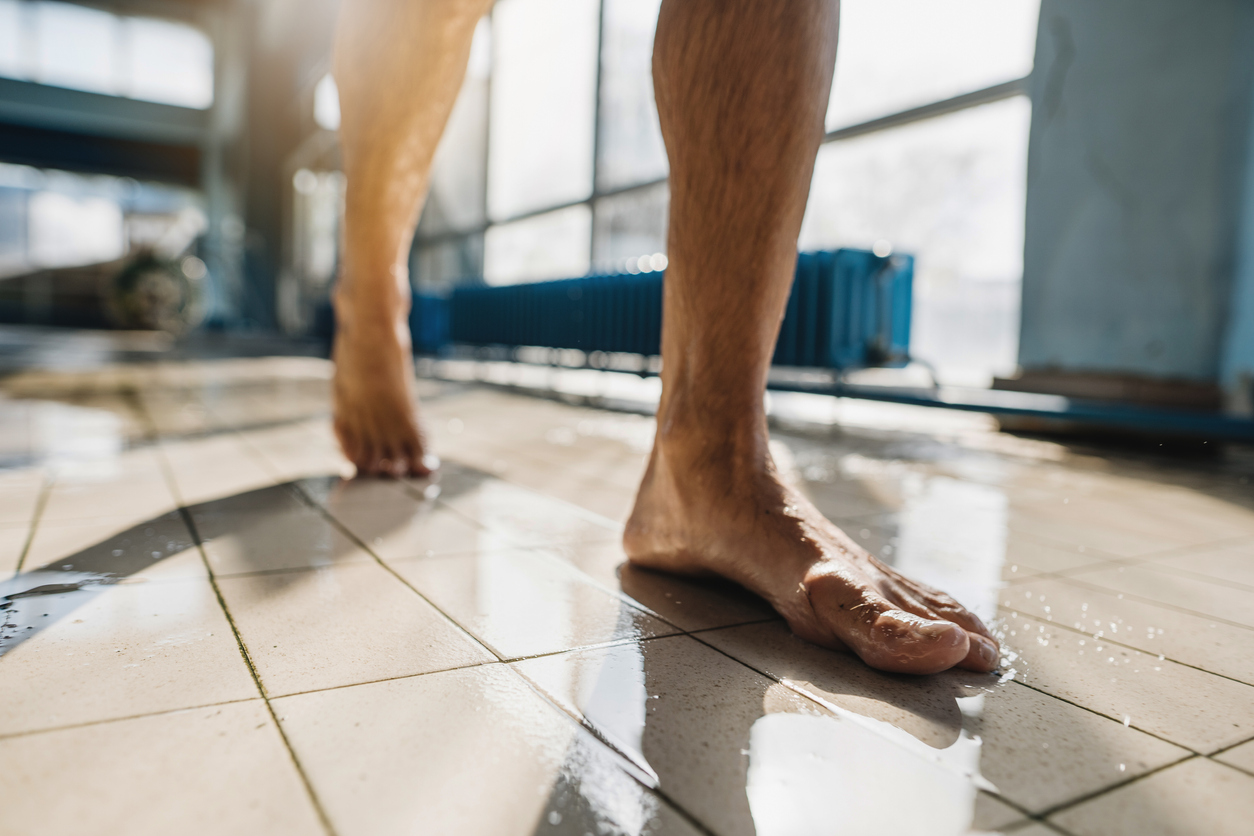If you’ve had many fungal toenail infections in the past, you’ll know that while they aren’t particularly serious, they can be unpleasant to look at and difficult to treat.
But you’re not alone in having fungal nail infections - they’re common, and you’re more likely to get a fungal infection in your toenails than fingernails.
Typically, an infected nail turns yellow or green in colour before it thickens and becomes brittle. And if left untreated, you may also notice pain and swelling in the skin around the nail.
If you’ve had a fungal toenail infection in the past, here are a few steps you can take to prevent it from returning in the future.
Who gets fungal nail infections?
In most cases, a fungal nail infection is caused by a fungal skin infection of the toes, known as athlete’s foot. When the infection spreads from your toes into the nearby toenails, a nail infection can develop.
Because fungi like warm, dark and wet places, you’re more likely to develop a fungal nail infection if your feet are constantly warm and damp.
That’s why the following groups of people have an increased risk of fungal nail infections:
- swimmers and athletes
- people who wear shoes that don’t allow their feet to breathe properly
- people who walk barefoot in communal showers at gyms or public swimming pools
You’re also more likely to get a fungal nail infection if you:
- are aged 60 or over
- have diabetes or psoriasis
- have poor circulation
- have a weakened immune system (for example, if you’re on chemotherapy)
- are in poor general health
- smoke
- have damaged nails

How to reduce the risk of a fungal toenail infection coming back
To reduce the risk of a fungal toenail infection coming back, you’ll need to pay attention to your foot hygiene. Always:
- treat athlete’s foot before it spreads into a nearby nail
- keep your feet as clean and dry as possible (use a towel to dry your feet and the area between your toes after showering or having a bath)
- wear clean socks made from natural materials that allow your feet to breathe
- replace old shoes with new ones
- avoid being barefoot in gyms, public showers or around public swimming pools
- keep your toenails short and trimmed, and don’t share nail clippers
- wash your towels regularly and don’t share towels with other people
If you visit nail salons, bear in mind that you can pick up fungal nail infections from the equipment used there. Remember to check with the staff that all equipment has been properly sterilised before use.
And don’t forget that it’s easy to pass a fungal infection to someone else, so avoid going barefoot in public places and sharing towels, shoes, socks or nail grooming equipment with others if you have a nail infection.

What to do if you get another fungal toenail infection
If you’re concerned that you have another fungal toenail infection, see a pharmacist for advice.
They may recommend an antifungal cream or a nail-softening cream. However, the antifungal cream may not always work and it can take up to a year for the infection to fully clear.
Find out more about how to treat a fungal nail infection.
When to see a doctor for a fungal toenail infection
You should see a doctor if you’re worried about the infection, it has spread to other nails or non-prescription treatments haven’t worked.
If the antifungal cream recommended by a pharmacist doesn’t work, a doctor can prescribe antifungal tablets, which can also help to clear up other fungal infections you may have, such as athlete’s foot.
It’s important not to stop treatment early for a fungal toenail infection, as this may increase the chance of the infection coming back. Instead, during treatment, try these footcare tips to reduce the risk of the infection returning.
References:
Fungal nail infection - Your.MD [Internet]. Your.MD. 2020 [cited 14 February 2020]. Available here.
Fungal nail infection [Internet]. nhs.uk. 2020 [cited 14 February 2020]. Available here.
Fungal nail infection symptoms and treatments [Internet]. Nhsinform.scot. 2020 [cited 14 February 2020]. Available here.
Starr D. Fungal Nail Infections and Toenail Fungus | Treatment and Causes [Internet]. Patient.info. 2020 [cited 14 February 2020]. Available here.
Athlete's foot - Your.MD [Internet]. Your.MD. 2020 [cited 9 March 2020]. Available here.



